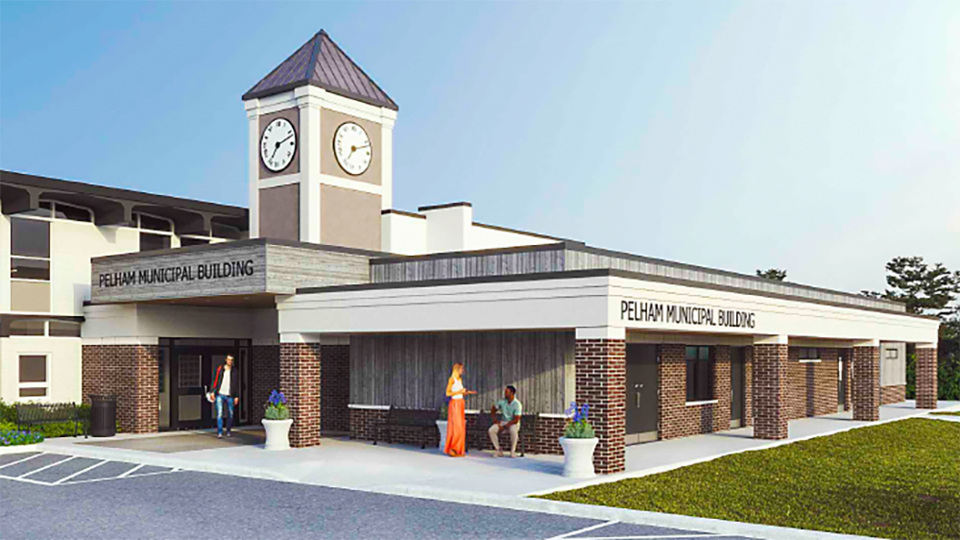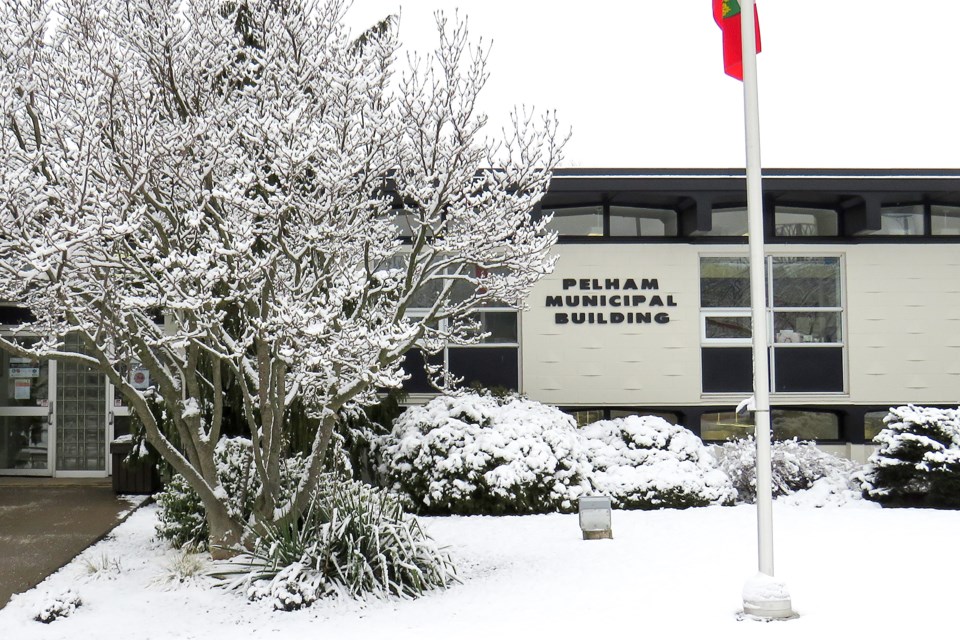It’s budget season, so this seems like the right time to talk about public finances, including how a budget gets built and passed. This impacts every PelhamToday reader, as the largest source of income for the Town is property tax, which is paid by every business, institution, farm, and residence in town (we even tax woodlots and vacant fields!).
At time of writing, Pelham Town Council, sitting as a committee, has now reviewed the operating and the capital budgets. Today, February 6, council is scheduled to make any final changes and thereafter approve the budgets. That will only leave the water and waste water budget, which isn’t expected to be passed for almost a month.
There are several major construction projects anticipated, including the replacement of cast iron water mains (the last ones in the town’s water system), a new firetruck, a new snowplow, and upgrades to Pelham Street south of Highway 20 and Quaker Road, amongst others. This looks to be a busy year with a lot of change and restoration of infrastructure, including renovations at Town Hall which will provide new community meeting spaces, new external facing bathrooms, and some storage space—plus a pretty handsome clock tower.

Considerable efforts have been made to keep the budget modest. The only change in staffing is the addition of one part-time position to focus on grant writing and communications. This, in the face of 1.55 percent levy growth means that the Town’s civil service will once again shrink relative to the size of the community. Between technology, best practice adoption, and good management, Town administration has been serving a larger community with less.
Believe it or not, Pelham starts its budget process in July each year. The administrative leadership team gets together, discusses general plans, potential changes to the staffing complement, service enhancements or reductions, and miscellaneous capital needs. After a general group discussion, the individual business units have meetings with their directors and identify cost drivers, challenges and opportunities. From there, staff from Corporate Services provide direct support in helping those business units.
All of the foregoing is then combined with the Town’s asset management plan. The asset management plan, while not yet complete, does contain a huge repository of data about such things as roads, bridges, sidewalks and trees. The Town has been building this database for several years. The basic idea is that it shows the physical condition of (eventually) all of Pelham’s assets. One of the key motivators for this is to be able to accurately plan ahead for future repairs, renovations and replacements of infrastructure. If the plan is working properly, it should be able to accurately tell us that, for instance, this year we are due to replace a snowplow, a firetruck, a pickup truck and some culverts. The prices of those things get built into the draft budget.
Of course, the real world is more complicated than a plan on paper. Perhaps we can get an extra year out of that snowplow, or perhaps there is a bridge aging badly that requires early replacement. Both the budget and the asset management plan have to be adjusted to reflect reality, but overall they are useful tools that help plan for both the next year and the next two decades, respectively.
So there you have it: plans and budgets feed into each other and are of course mixed in with community needs, public requests and political priorities, all of which eventually create annual budgets.
